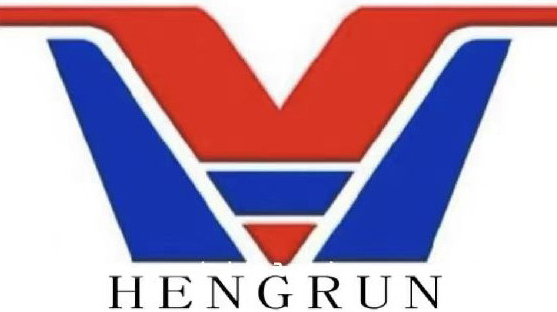Forming section or wet end of the paper machine
From the machine chest stock is pumped to a head tank, commonly called a stuff box, whose purpose is to maintain a constant head (pressure) on the stock as it feeds the basis weight valve. The stuff box also provides a means allowing air bubbles to escape. The basis weight valve meters the stock to the recirculating stream of water that is pumped, by the fan pump, form a whitewater chest through the headbox. On the way to the headbox the pulp slurry may pass through centrifugal cleaners, which remove heavy contaminants like sand, and screens, which break up fiber clumps and remove over sized debris.Wood fibers have a tendency to attract one another, forming clumps, the effect being called flocculation. Flocculation is lessened by lowering consistency and or by agitating the slurry; however, defloccullation becomes very difficult at much above 0.5% consistency. Minimizing the degree of flocculation when forming is important to physical properties of paper.
The consistency in the headbox is typically under 0.4% for most paper grades, with longer fibers requiring lower consistency than short fibers. Higher consistency causes more fibers to be oriented in the z direction, while lower consistency promotes fiber orientation in the x-y direction. Higher consistency promotes higher caliper (thickness) and stiffness, lower consistency promotes higher tensile and some other strength properties and also improves formation (uniformity). Many sheet properties continue to improve down to below 0.1% consistency; however, this is an impractical amount of water to handle. (Most paper machine run a higher headbox consistency than optimum because they have been sped up over time without replacing the fan pump and headbox. There is also an economic trade off with high pumping costs for lower consistency).The stock slurry, often called white water at this point, exits the headbox through a rectangular opening of adjustable height called the slice, the white water stream being called the jet and it is pressurized on high speed machines so as to land gently on the moving fabric loop or wire at a speed typically between plus or minus 3% of the wire speed, called rush and drag respectively. Excessive rush or drag causes more orientation of fibers in the machine direction and gives differing physical properties in machine and cross directions; however, this phenomenon is not completely avoidable on fourdrinier machines.
On lower speed machines at 700 feet per minute, gravity and the height of the stock in the headbox creates sufficient pressure to form the jet through the opening of the slice. The height of the stock is the head, which gives the headbox its name. The speed of the jet compared to the speed of the wire is known as the jet-to-wire ratio. When the jet-to-wire ratio is less than unity, the fibers in the stock become drawn out in the machine direction. On slower machines where sufficient liquid remains in the stock before draining out, the wire can be driven back and forth with a process known as shake. This provides some measure of randomizing the direction of the fibers and gives the sheet more uniform strength in both the machine and cross-machine directions. On fast machines, the stock does not remain on the wire in liquid form long enough and the long fibers line up with the machine. When the jet-to-wire ratio exceeds unity, the fibers tend to pile up in lumps. The resulting variation in paper density provides the antique or parchment paper look.Two large rolls typically form the ends of the drainage section, which is called the drainage table. The breast roll is located under the headbox, the jet being aimed to land on it at about the top center. At the other end of the drainage table is the suction (couch) roll. The couch roll is a hollow shell, drilled with many thousands of precisely spaced holes of about 4 to 5 mm diameter. The hollow shell roll rotates over a stationary suction box, normally placed at the top center or rotated just down machine. Vacuum is pulled on the suction box, which draws water from the web into the suction box. From the suction roll the sheet feeds into the press section.
Down machine from the suction roll, and at a lower elevation, is the wire turning roll. This roll is driven and pulls the wire around the loop. The wire turning roll has a considerable angle of wrap in order to grip the wire.Supporting the wire in the drainage table area are a number of drainage elements. In addition to supporting the wire and promoting drainage, the elements deflocculate the sheet. On low speed machines these table elements are primarily table rolls. As speed increases the suction developed in the nip of a table roll increases and at high enough speed the wire snaps back after leaving the vacuum area and causes stock to jump off the wire, disrupting the formation. To prevent this drainage foils are used. The foils are typically sloped between zero and two or three degrees and give a more gentle action. Where rolls and foils are used, rolls are used near the headbox and foils further down machine.
Approaching the dry line on the table are located low vacuum boxes that are drained by a barometric leg under gravity pressure. After the dry line are the suction boxes with applied vacuum. Suction boxes extend up to the couch roll. At the couch the sheet consistency should be about 25%.
China Leading PAPER MACHINE manufacturer,stock preparation equipments,cylinder mould paper machine,fourdrinier paper machine,paper making machine,toilet paper machine, toilet tissue paper making machine,corrugated paper machine, A4 copy paper machine,Kraft paper machine, writing paper machine,printing paper machine,etc



